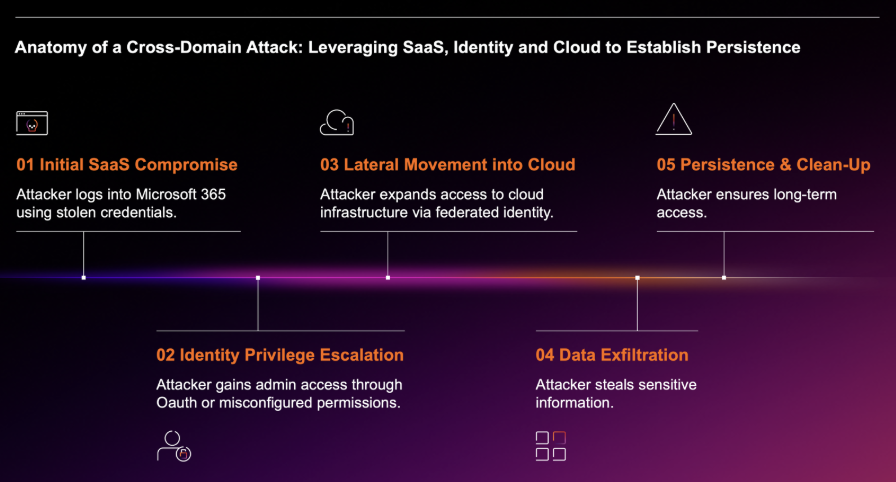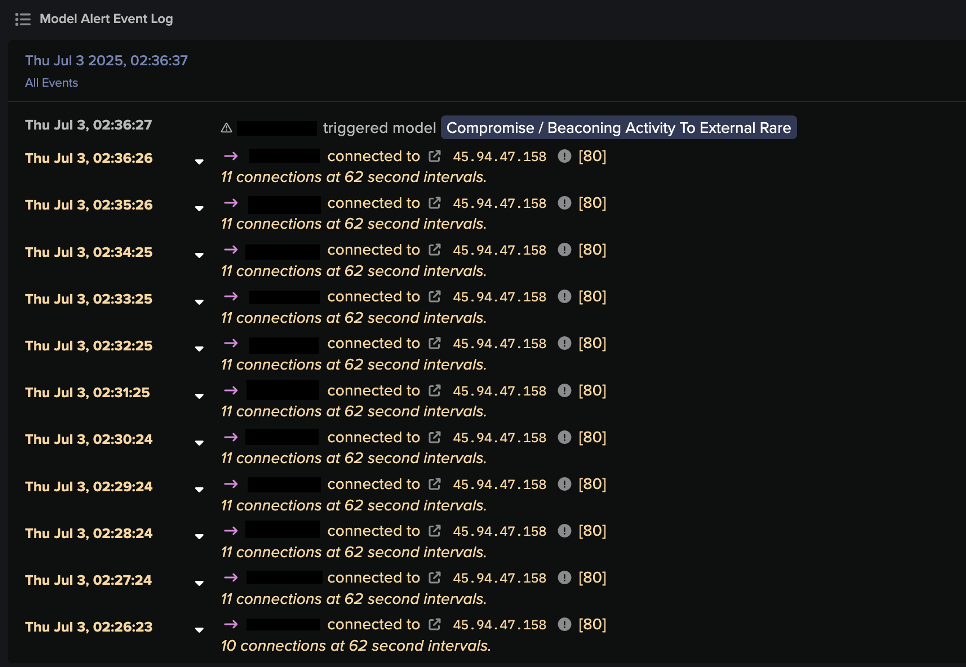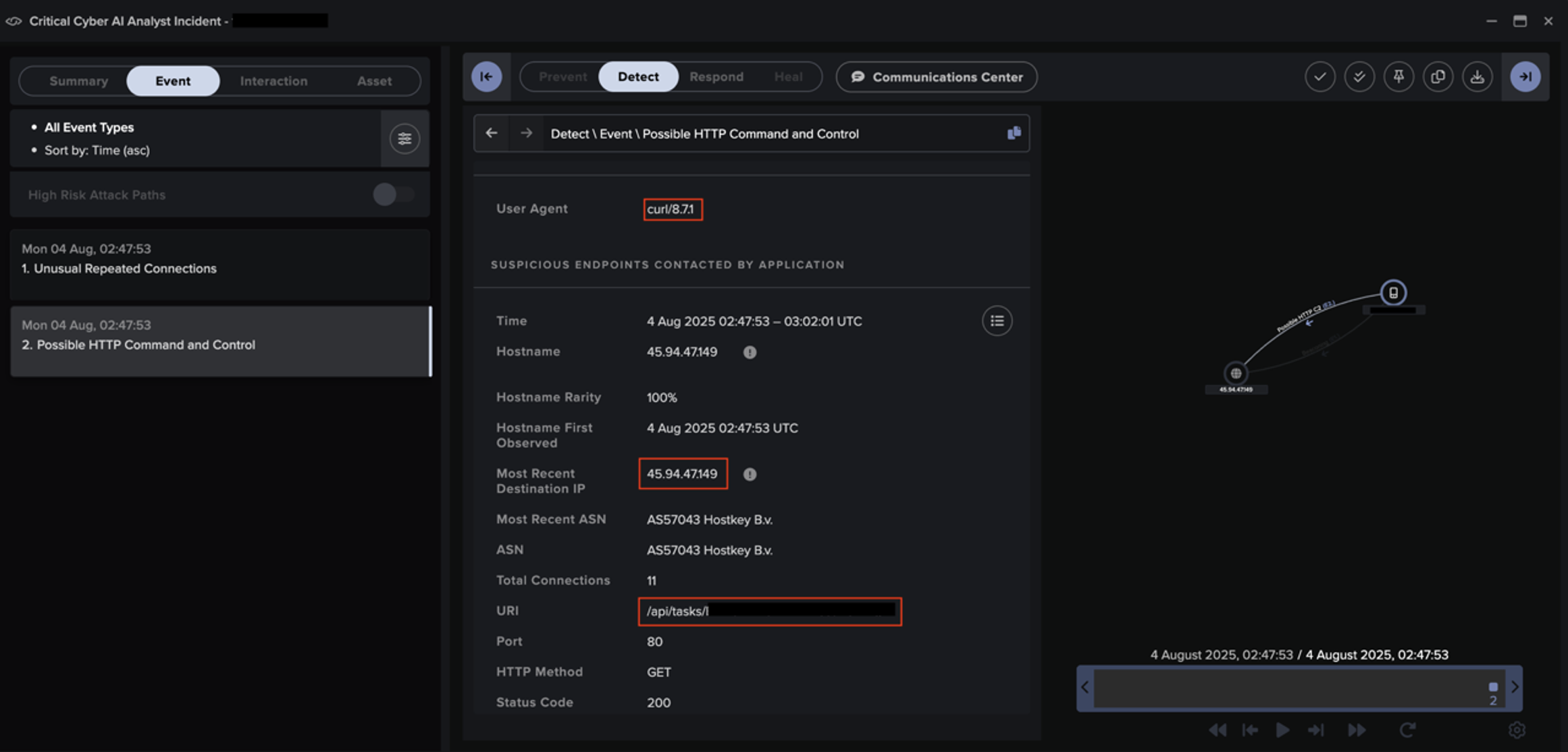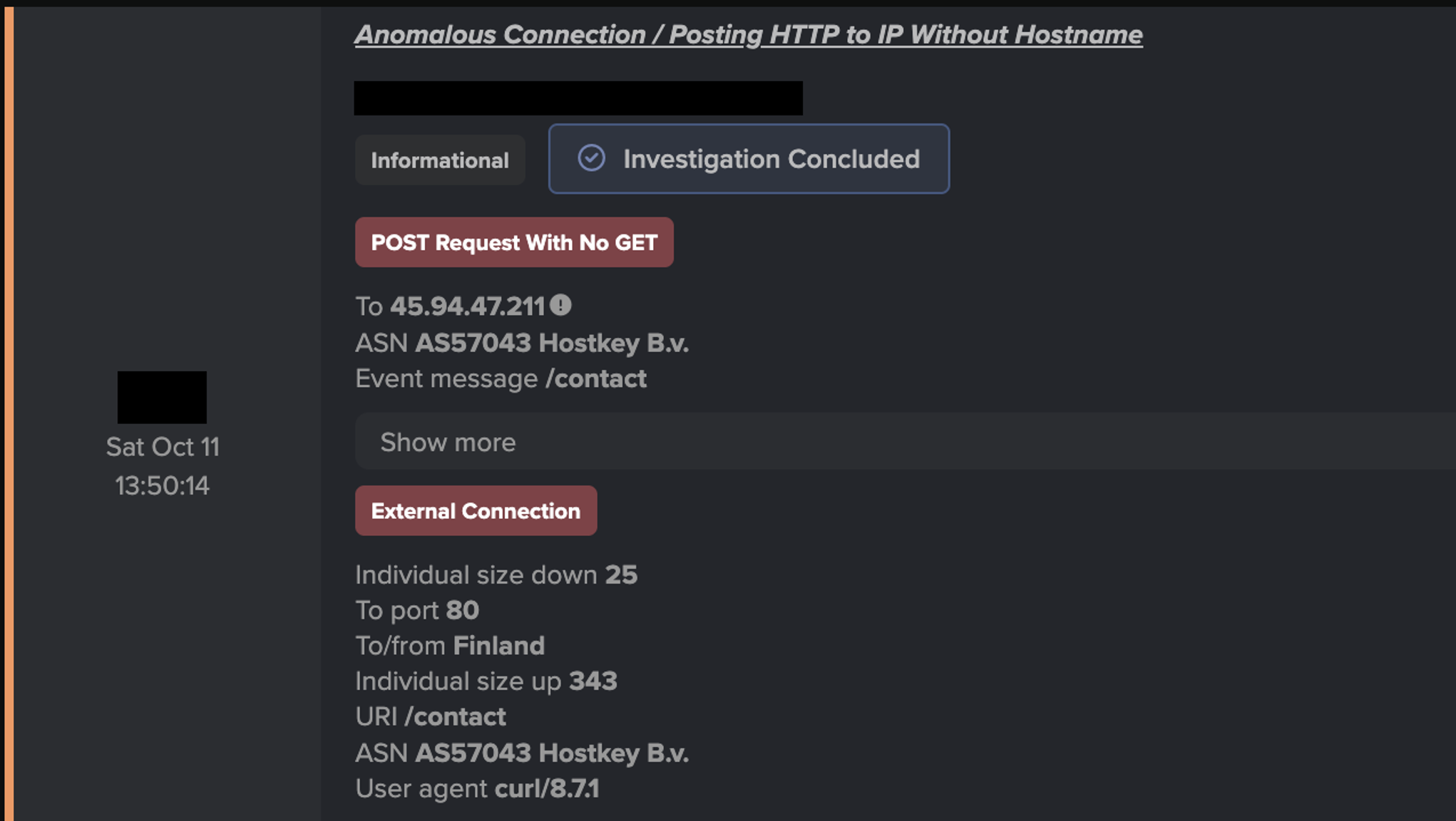As a flurry of tech startup investment driven by the pandemic tailed off in the second quarter of 2022, funding for startups fell globally by 23%, the largest drop in over a decade. In Africa, however, that funding doubled over the same period. The continent has seen a wave of venture capital from within and without, and increasing numbers of ‘unicorns’ – startups valued at over $1 billion.
For investors, the continent is steadily becoming a safer bet, but certain concerns remain, not least of which is the cyber-reliance of many African nations and businesses. A 2021 report by Interpol suggests that the continent’s GDP is reduced by up to 10% (equivalent to $4.12 billion in 2021) by cybercrime alone. If emerging markets like Nigeria, South Africa, and Kenya are to continue drawing investment, they’ll need to match business innovation with more effective security measures.
The Cost of a Continental Skill Shortage
Cyber skill shortages remain an issue in many Global South markets, meaning the impact of common threats is effectively magnified when they hit organizations in these nations. Having the expertise on hand to reduce time-to-response and take decisive, effective remediation action can be the difference between a bullet point on a threat report and a fully-fledged attack.
Many cyber professionals will think of WannaCry, a ransomware attack which affected over 200,000 devices in 2017, as a threat of the past, its relevance consigned to the months after its first appearance. For countries in Latin America and the Caribbean, however, it remains a prevalent and punishing tool, and continues to target thousands of systems: the highest number of WannaCry attacks are consistently seen in Brazil, Ecuador, and Chile. Why is so much damage still being wrought by a ransomware strain which was largely thrown into obsolescence in the Global North years ago? Think tanks like the RUSI attribute it to a lack of IT professionals and the slow uptake of new security standards in regions which are otherwise enjoying rapid digitalization.
The discordance between internet penetration rates and cyber security capabilities is even more pronounced in Africa. An estimate made in 2018 suggested that there were only 7,000 certified security professionals in the continent, one for every 177,000 people. In the US, comparatively, the figure was one for every 330 people. Even adjusting for Africa’s reduced internet penetration rate, the figure remains one professional for every 45,140 internet users.
The result of this is that 9 in every 10 African businesses are said to operate without necessary cyber security protocols in place. If the continent continues to draw investment without making big strides in its cyber security measures, its rapidly growing base of potential victims (Africa’s internet using population numbers over 650 million, massively outstripping North America’s 350 million) will draw increasing numbers of cyber-attacks.
Attackers Destabilize the Market
There is already evidence that attackers are beginning to take notice. Interpol cites a report claiming that in the first months of 2021, African organizations saw the highest increase in ransomware attacks of any region. But it is the efficacy, rather than frequency, of attacks on Global South nations which will be most concerning to investors seeking stability.
Last year in South Africa, several major trade ports were brought to a halt by a ransomware attack on Transnet and, just a few months later, the country’s justice department was brought down in a similar attack. In Costa Rica earlier this year, the ransomware group Conti successfully locked down several government systems and threatened to overthrow the presiding government if ransom payments were not made, leading President Chaves to declare a national state of emergency. Organizations operating critical national infrastructure are particularly attractive to attackers, as the disruption caused by their downtime makes it easier to extort a generous ransom. These attacks are also high-profile, often internationally so.
High-profile attacks can greatly affect the confidence of investors and potential business partners. A KPMG report on cyber risks in emerging markets explains: “Those suppliers handling confidential third-party data in emerging markets that are able to demonstrate strong security posture around that data are likely to be more attractive and potentially able to win more business.” Organizations in countries with generally weaker cyber security practices should be looking at tools to put the concerns of potential partners and investors at ease. Ideally these should be AI-driven tools which not only stop old, known threats, but also those headline-grabbing novel attacks and zero days.
Protecting Progress
Many Global South governments are now taking steps to address cybercrime concerns, and bring legislation up to global standards. Last year, South Africa’s President Cyril Ramaphosa signed the Cybercrimes and Cybersecurity Act, placing new breach reporting responsibilities on organizations. Similar acts were passed in nations such as Zambia and Ecuador the same year.
International cooperation on the issue of cyber security is also more common: the Convention on Cyber-security and Personal Data Protection adopted by the African Union's 55 member states in 2014 has now been ratified by thirteen nations, while in July of this year, delegates from Bangladesh, Bhutan, India, Myanmar, Nepal, Sri Lanka, and Thailand gathered for the inaugural BIMSTEC (Bay of Bengal Initiative for Multi-Sectoral Technical and Economic Cooperation) meeting on cyber security cooperation.
These are important steps, but legislation and discussion will do little if organizations do not take action in their wake. As we stressed in our recent blog on modern cyber warfare, the involvement of the private sector in government directives is crucial to tackling widespread cyber threats. Togo’s Minister of Digital Economy stressed this fact when he announced the new African Centre for Coordination and Research in Cybersecurity last month: “Our partnership model with the private sector is an innovative approach that we want to showcase to inspire other countries for safer cyberspace on the continent.”
For emerging markets to thrive globally, the organizations within them need to recognize the growing target on their backs, and protect themselves and their data from increasing numbers of sophisticated cyber-attacks. Addressing crippling skill shortages may seem like a long-term – even generational – plan, but with the right tools it can be done almost immediately. AI solutions like Darktrace can autonomously prevent, detect, and respond to attacks, buying back hours for security professionals, and augmenting the ability of small teams to tackle numerous complex threats simultaneously. Darktrace PREVENT preempts attackers and continuously hardens defenses, ensuring that organizations are prepared for novel threats, rather than falling victim to old ransomware strains.
The economic significance of cyber resilience has become undeniable. With proper security investment, emerging markets and Global South nations can hold onto the billions being lost to cyber-attack costs, and continue to focus on business growth and innovation.













































![Autonomous Response’s suggested actions to block suspicious connectivity to IP 45.94.47[.]149 for the device within the second customer environment.](https://cdn.prod.website-files.com/626ff4d25aca2edf4325ff97/6931e3cb1ddc36af8205720b_Screenshot%202025-12-04%20at%2011.40.54%E2%80%AFAM.png)

![Cyber AI Analyst investigation finding a successful POST request to 45.94.47[.]144 for the device within the third customer environment.](https://cdn.prod.website-files.com/626ff4d25aca2edf4325ff97/6931e41d22eb7e9a3e8217d5_Screenshot%202025-12-04%20at%2011.42.15%E2%80%AFAM.png)

